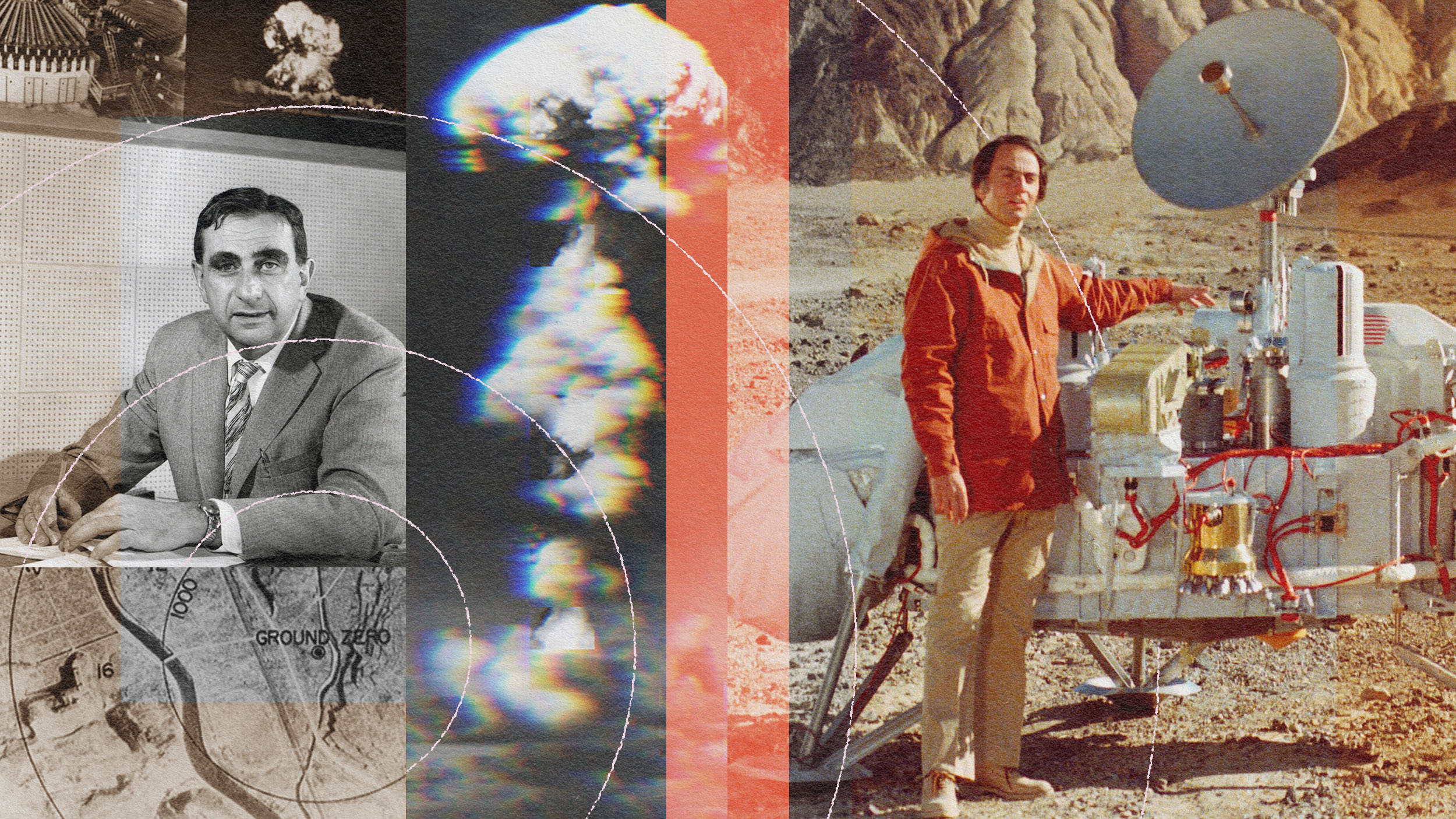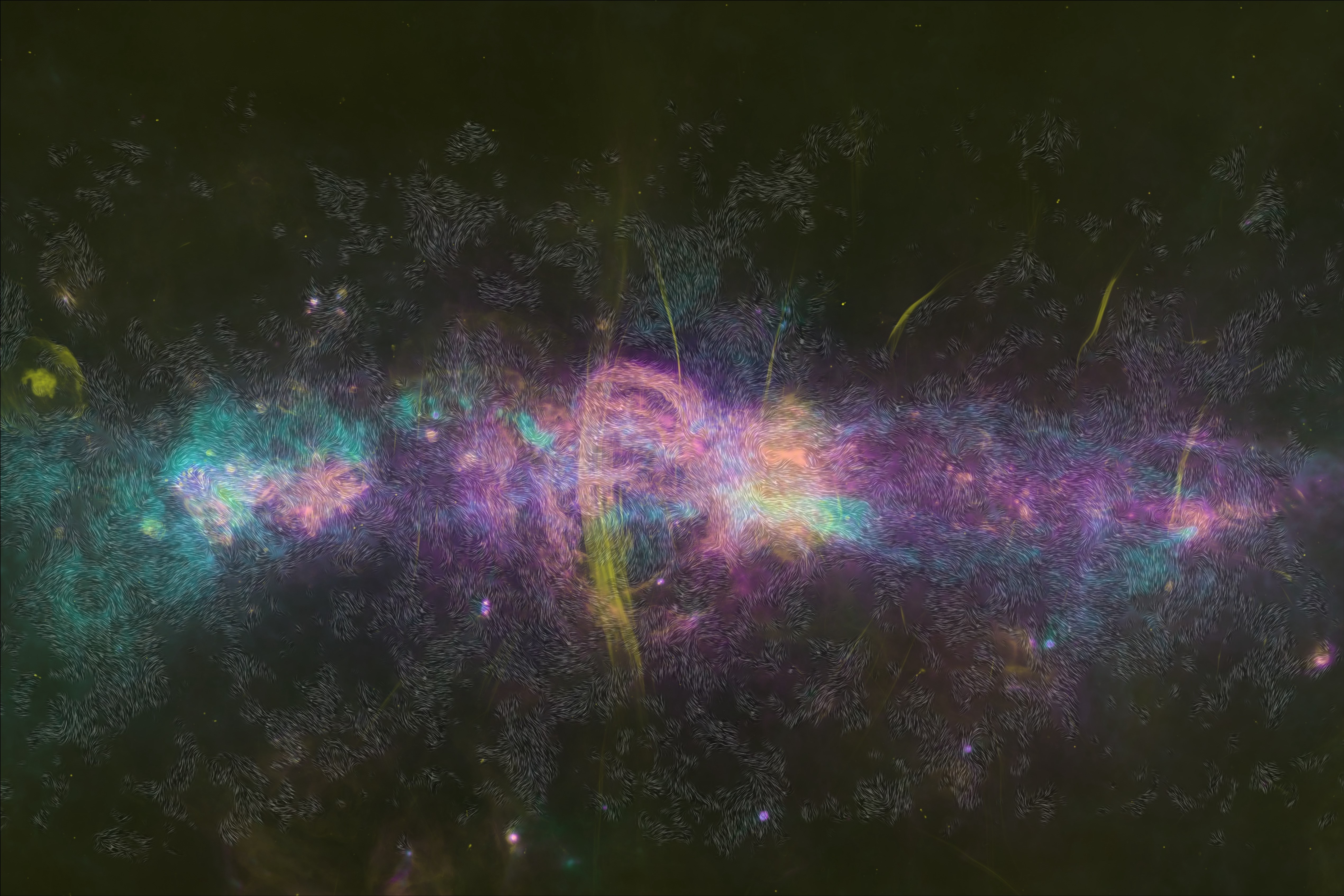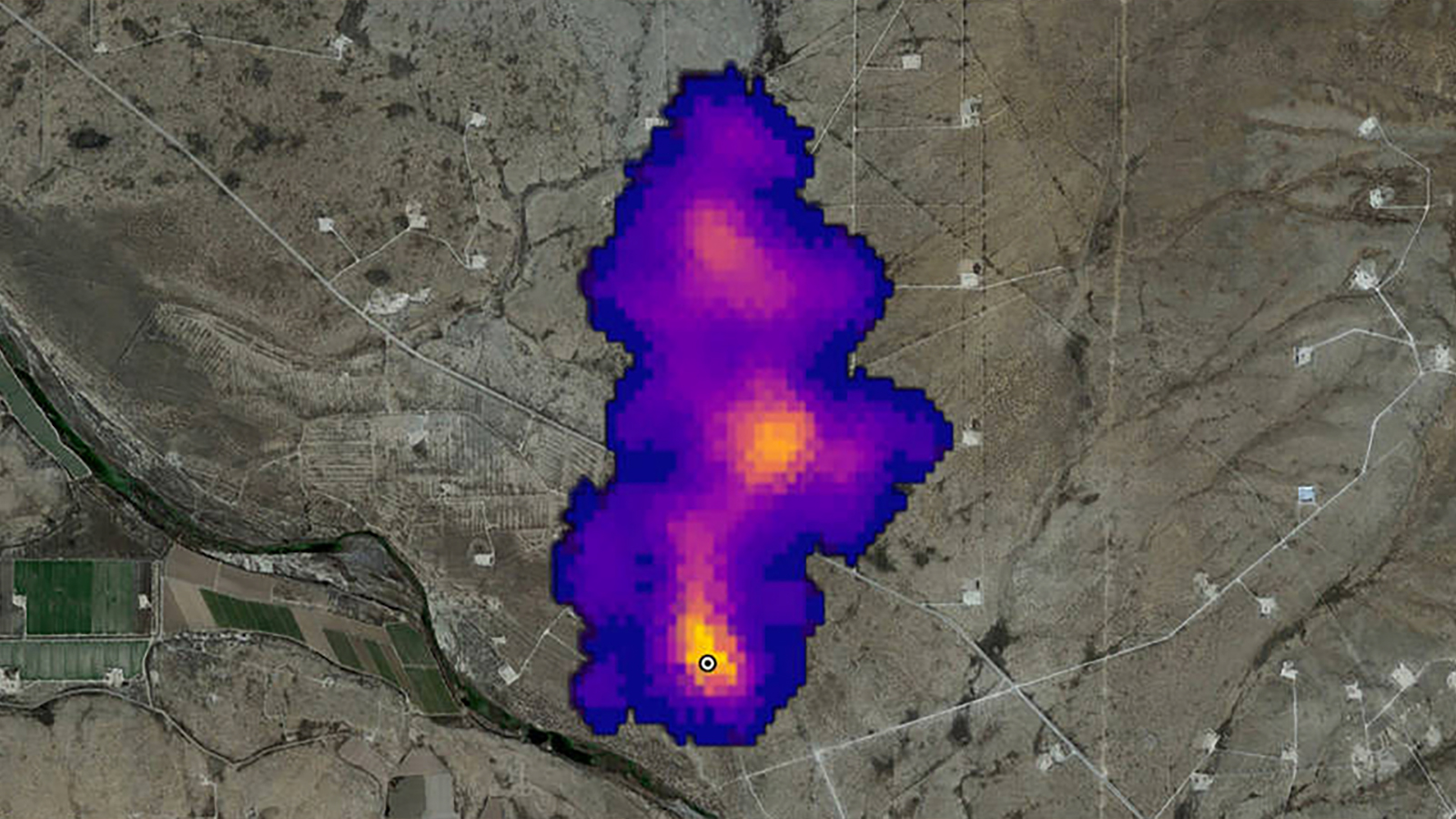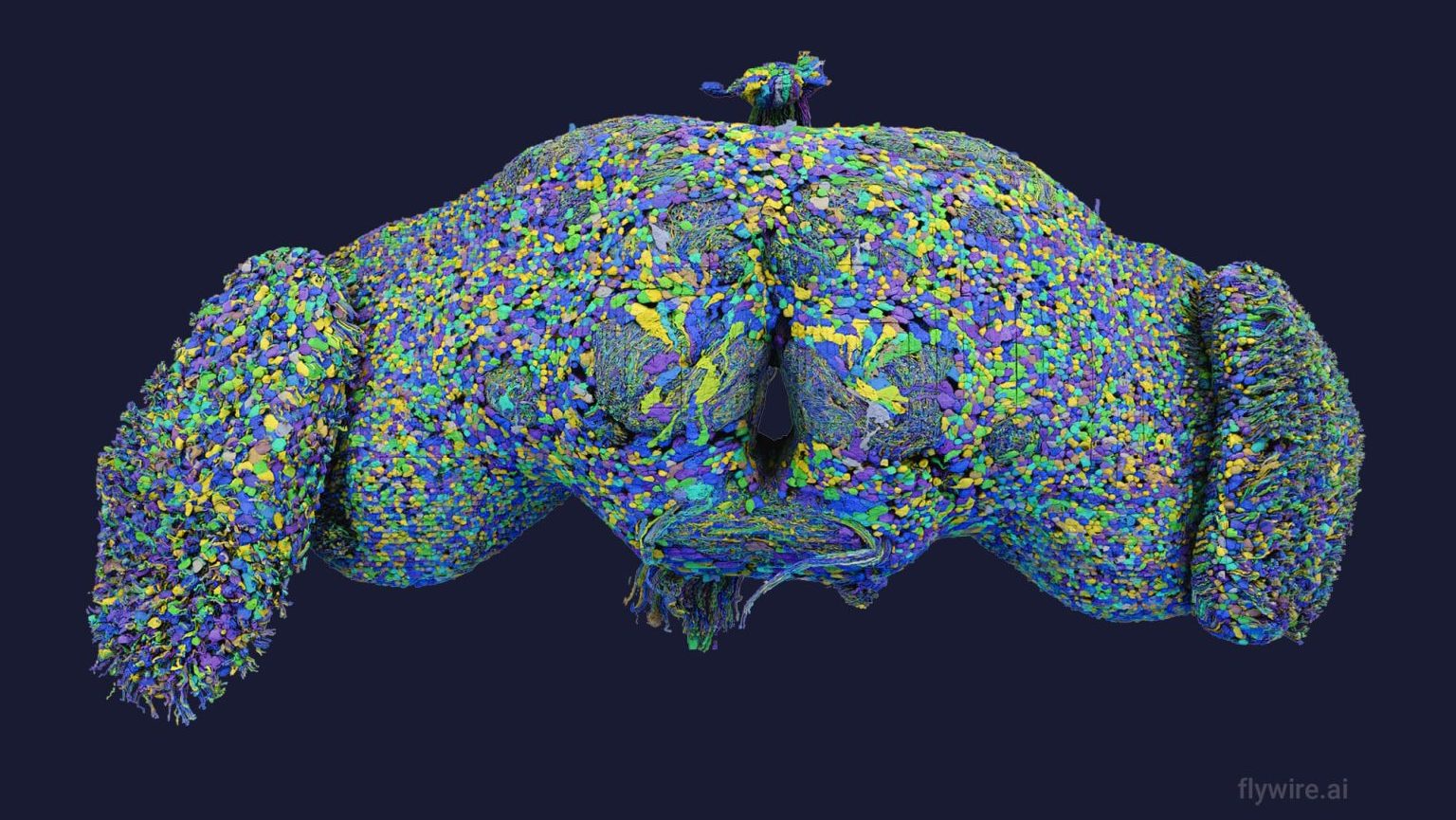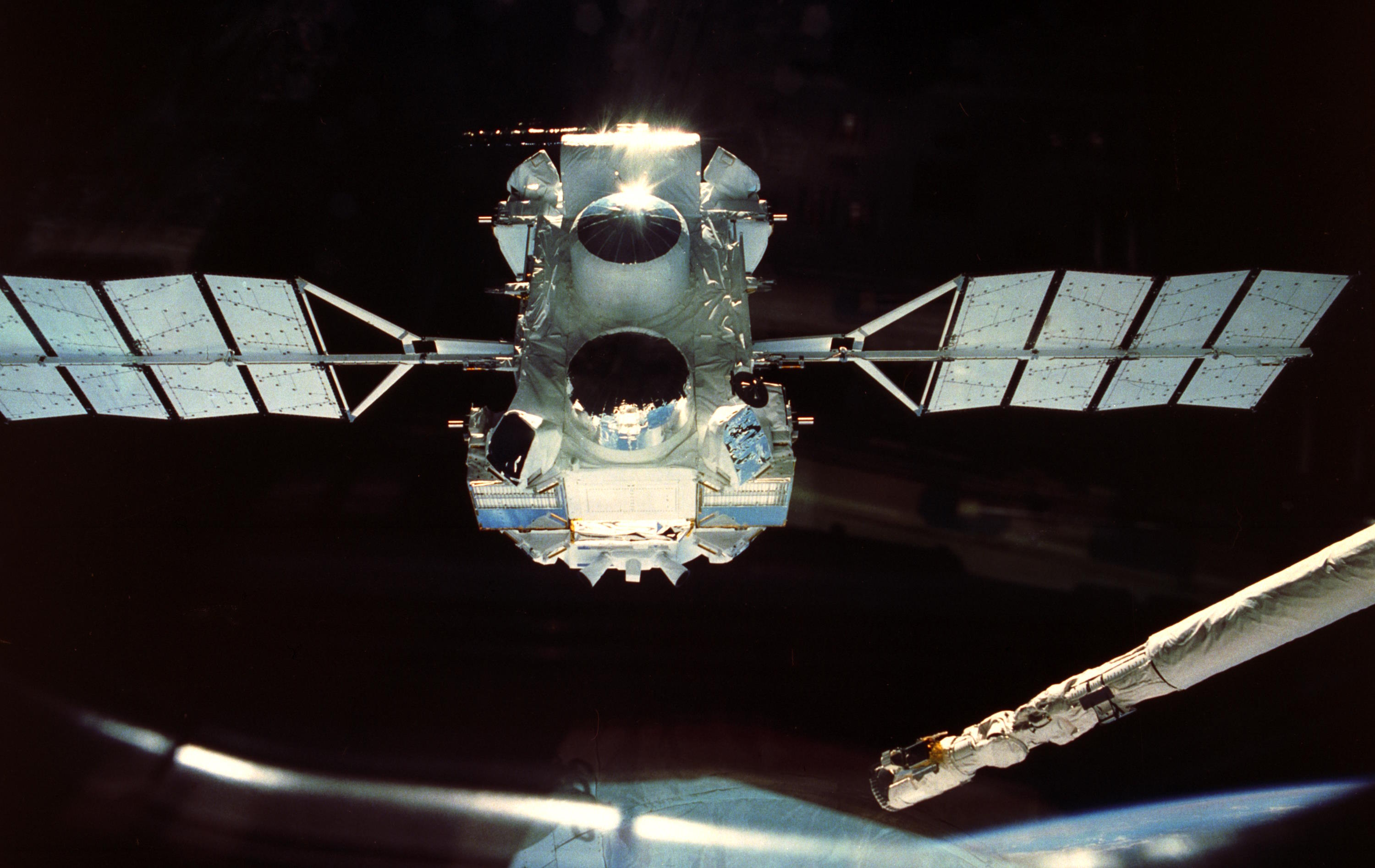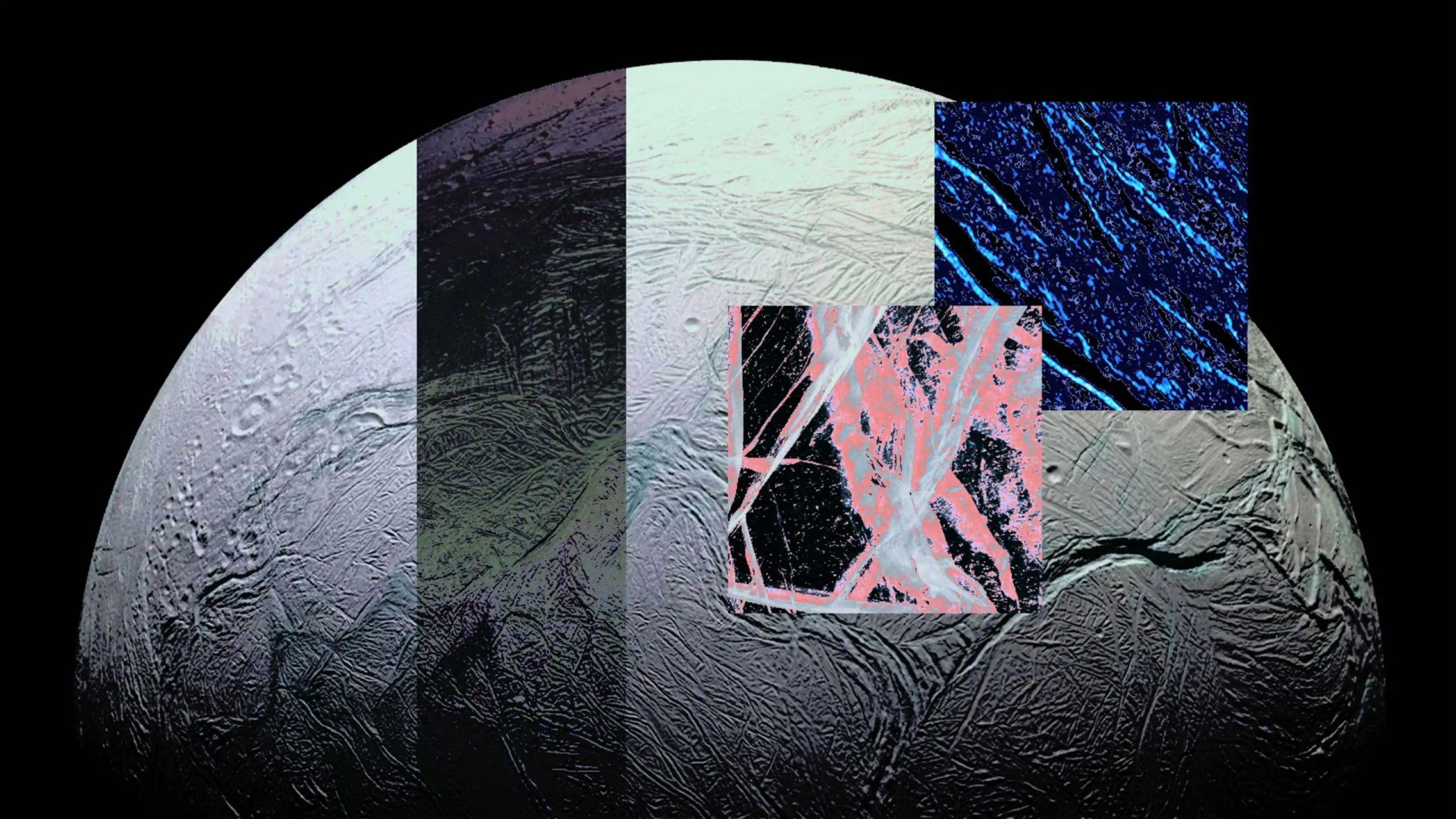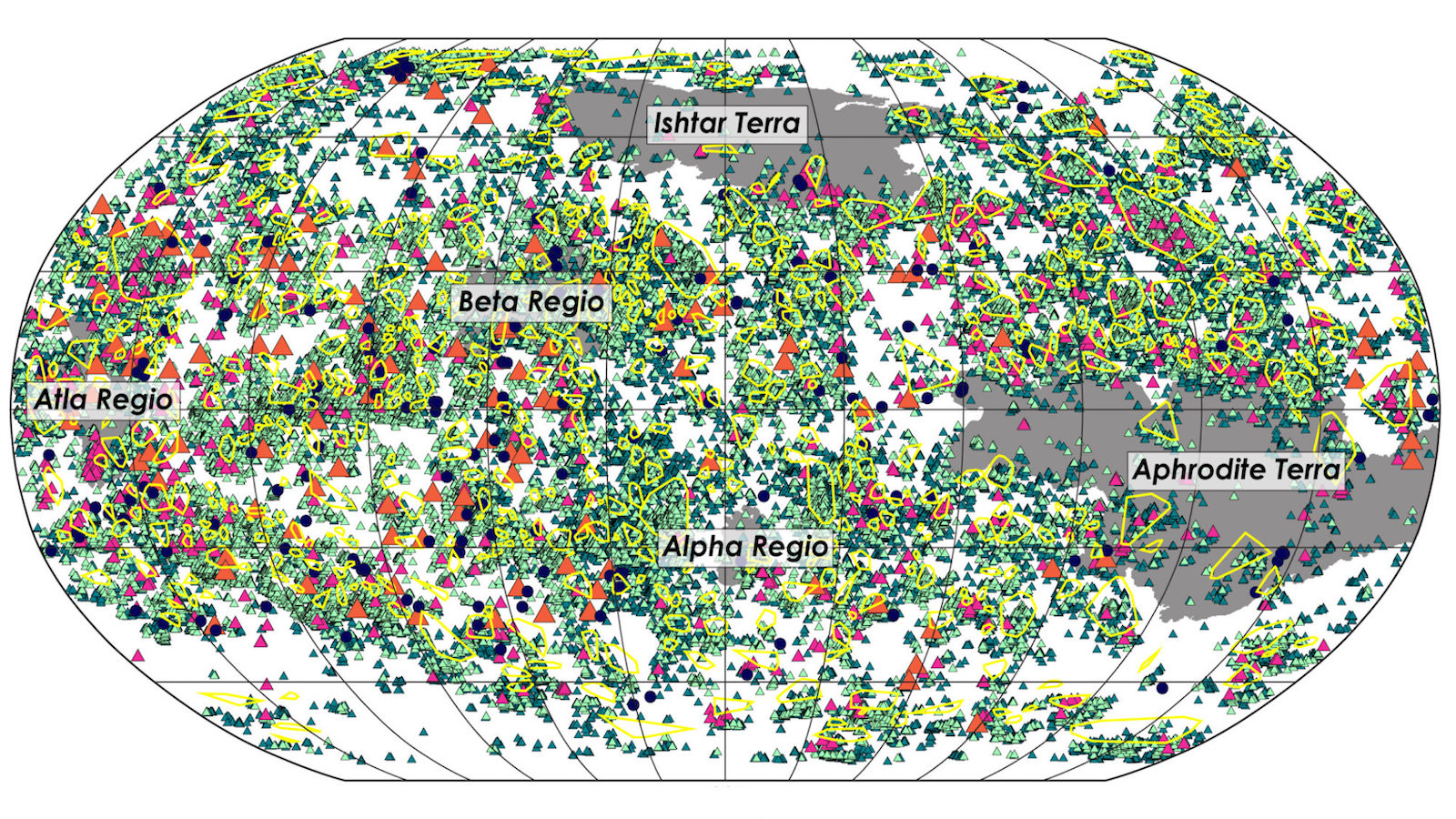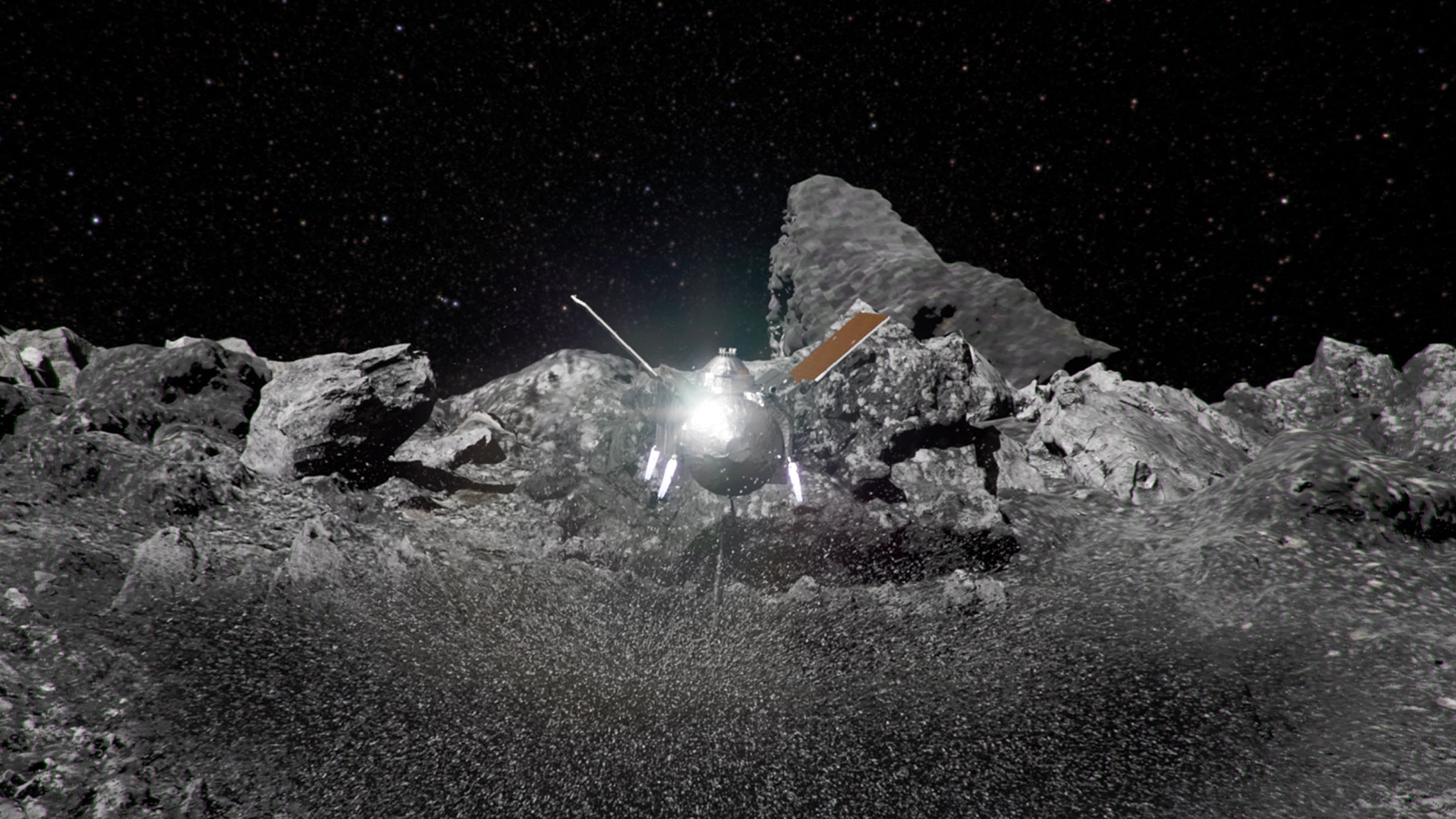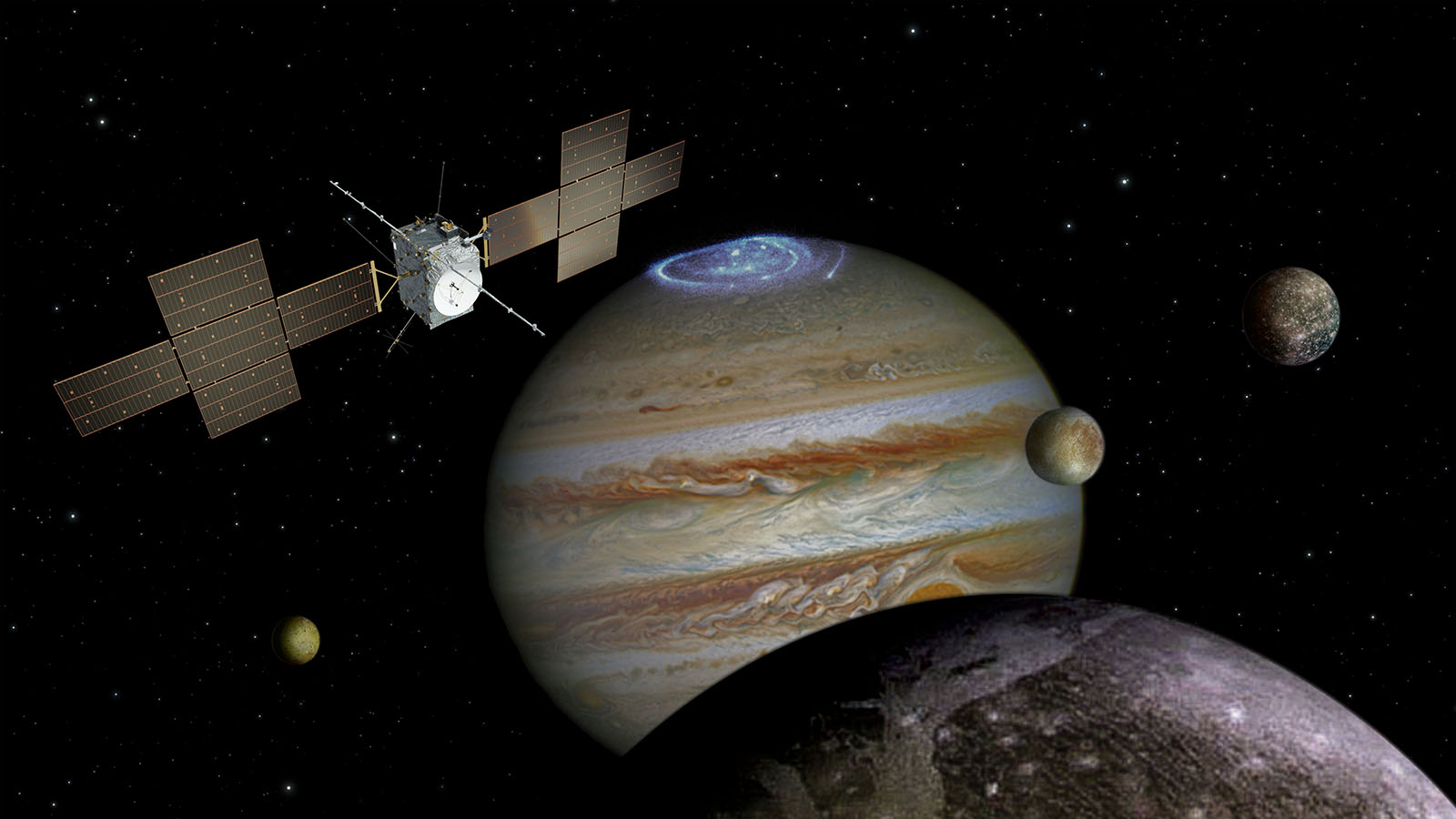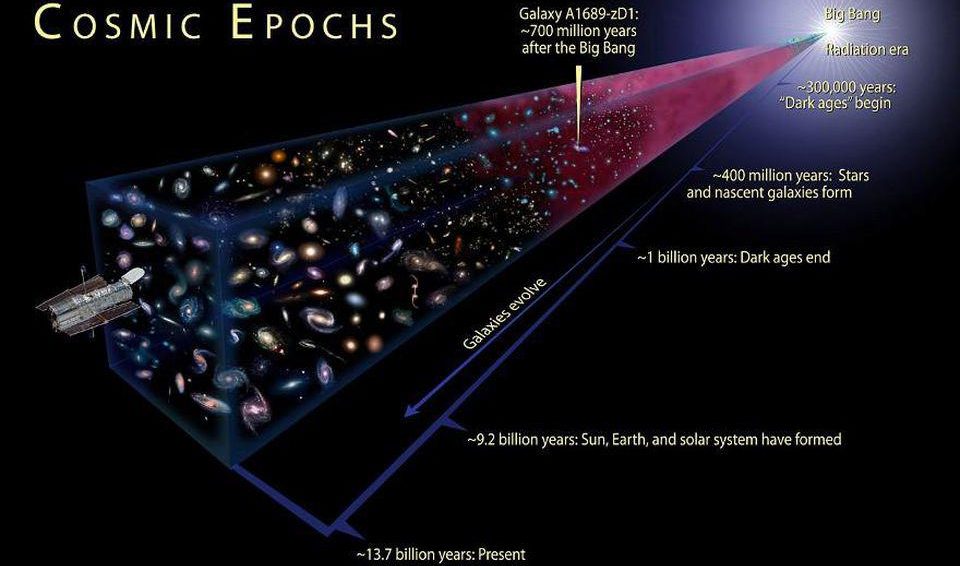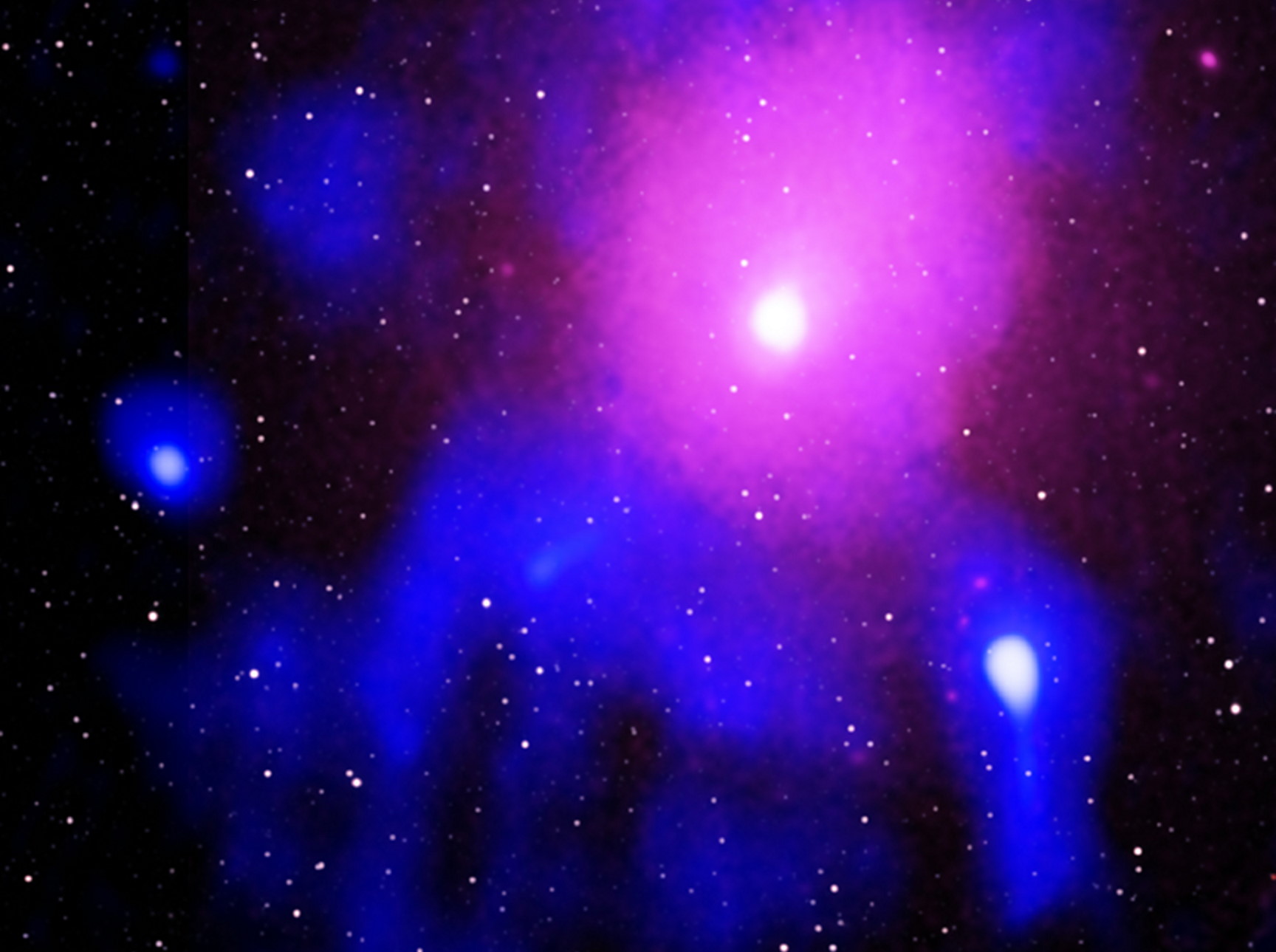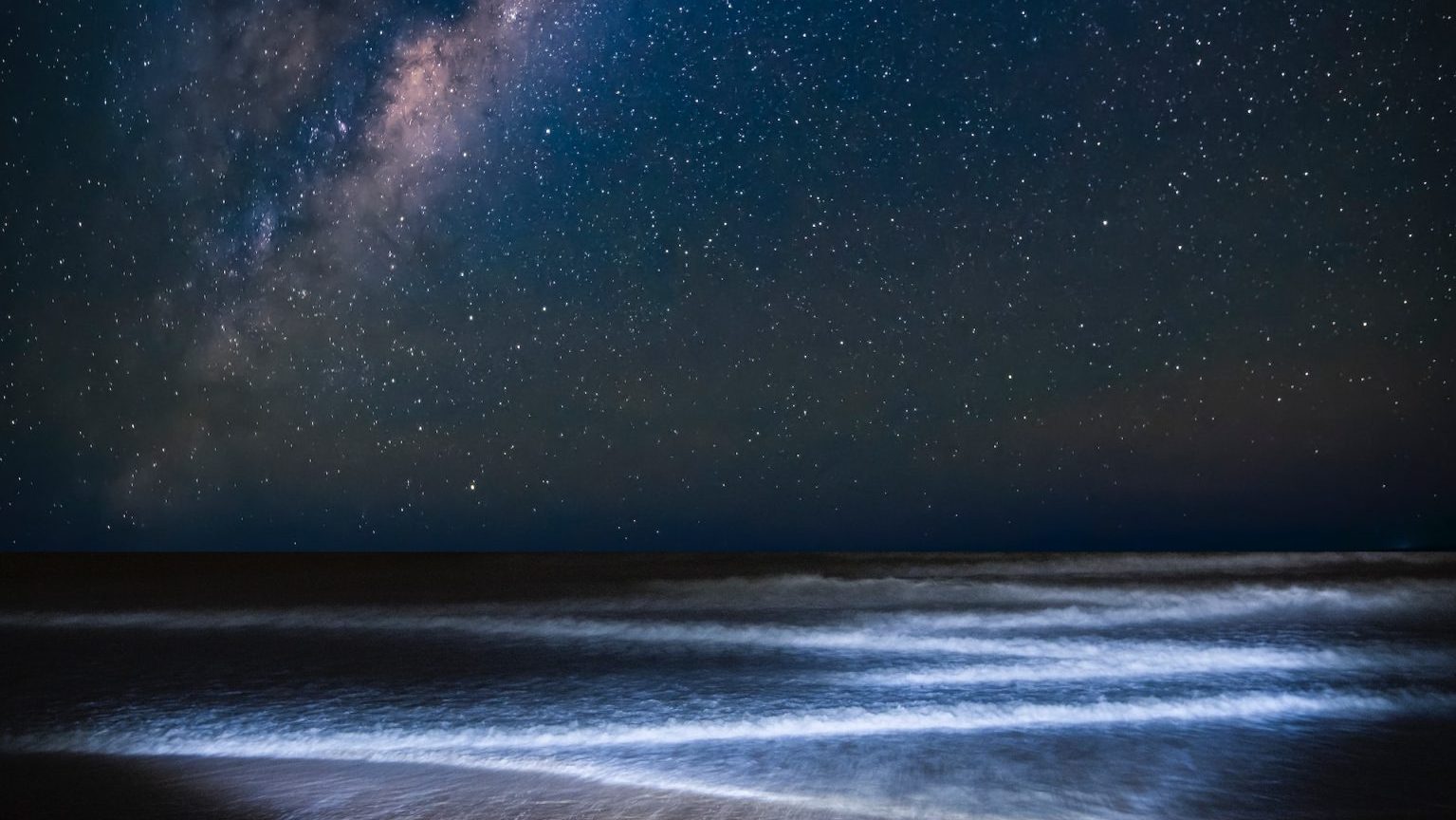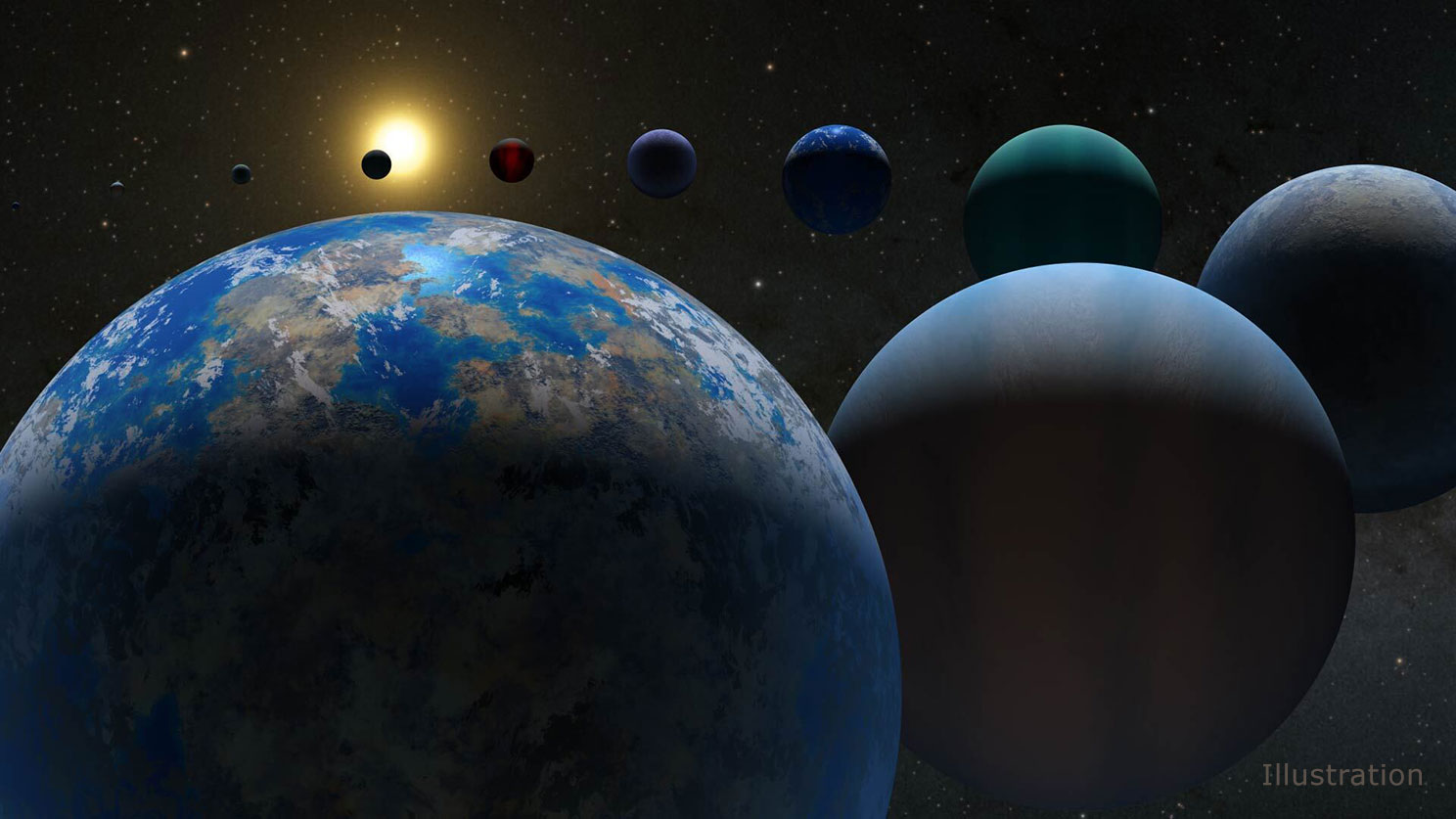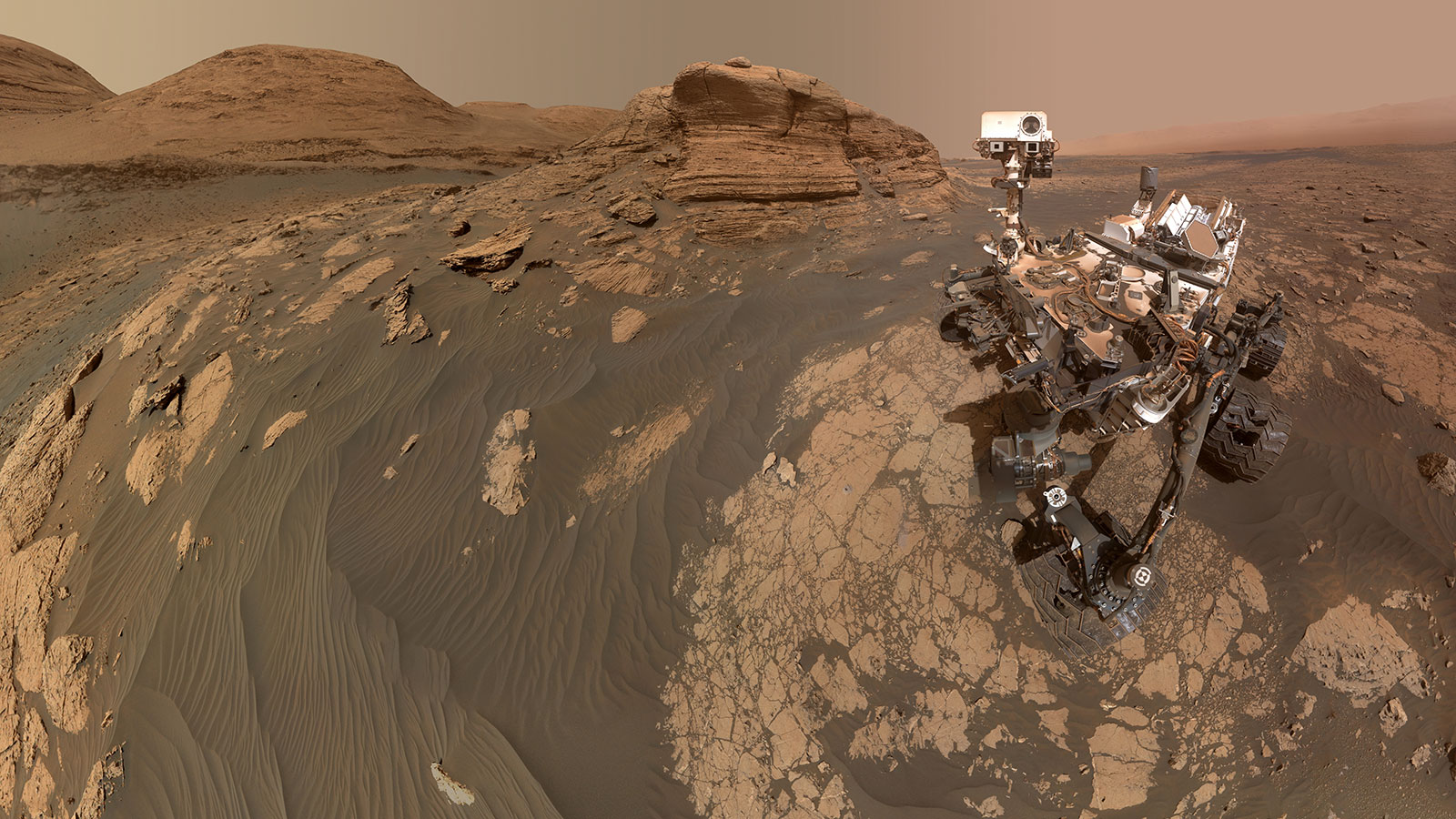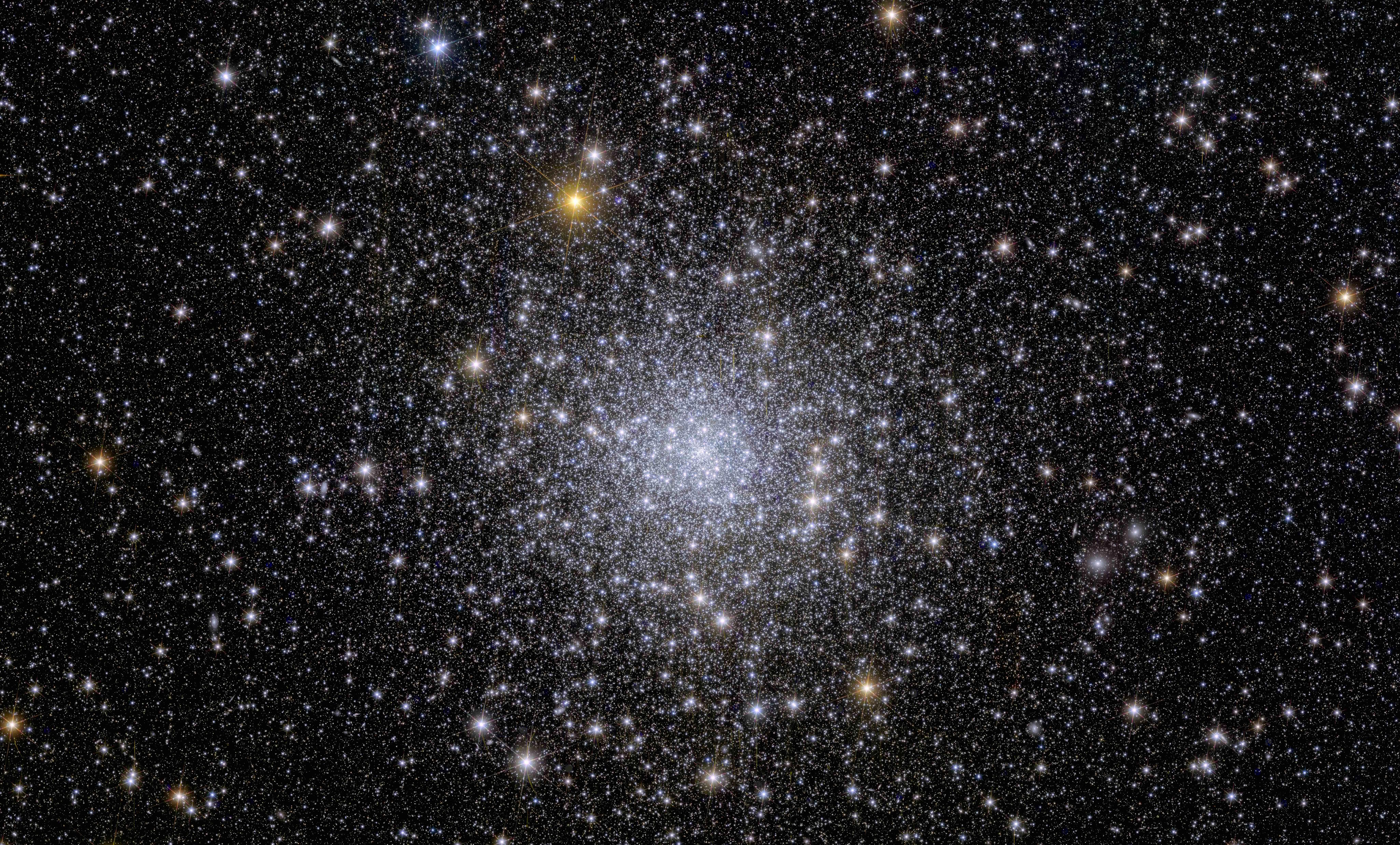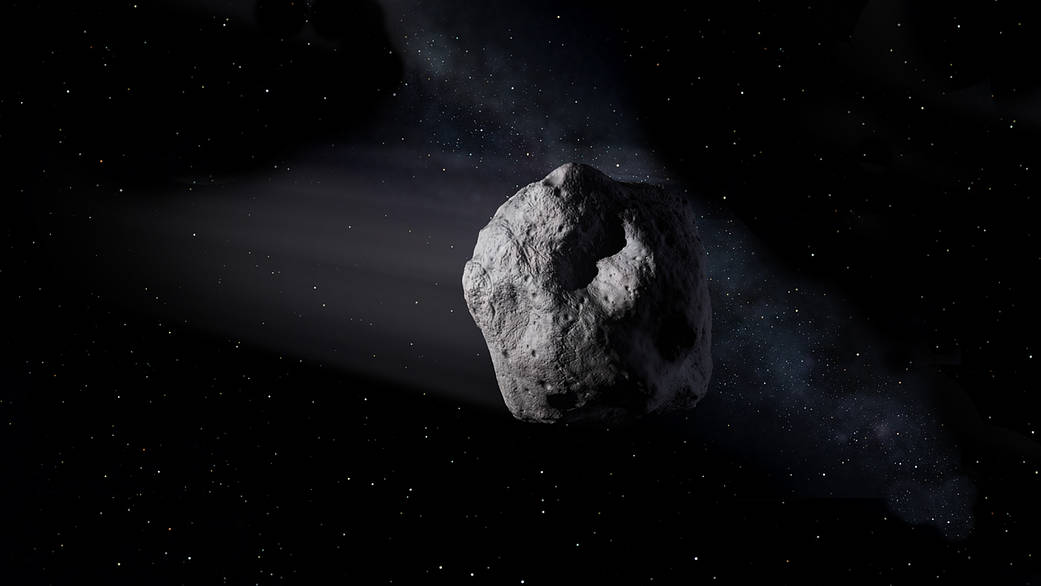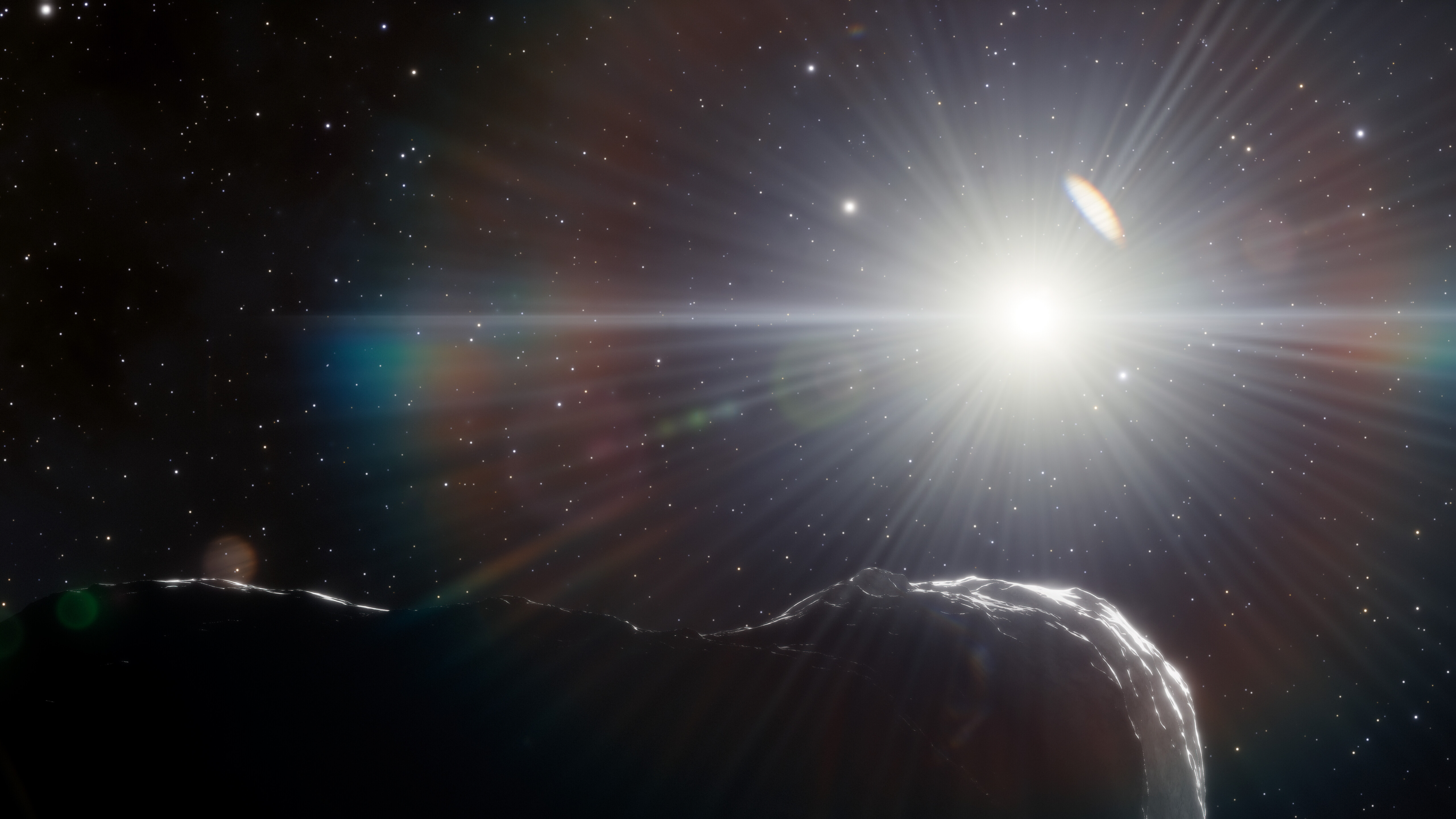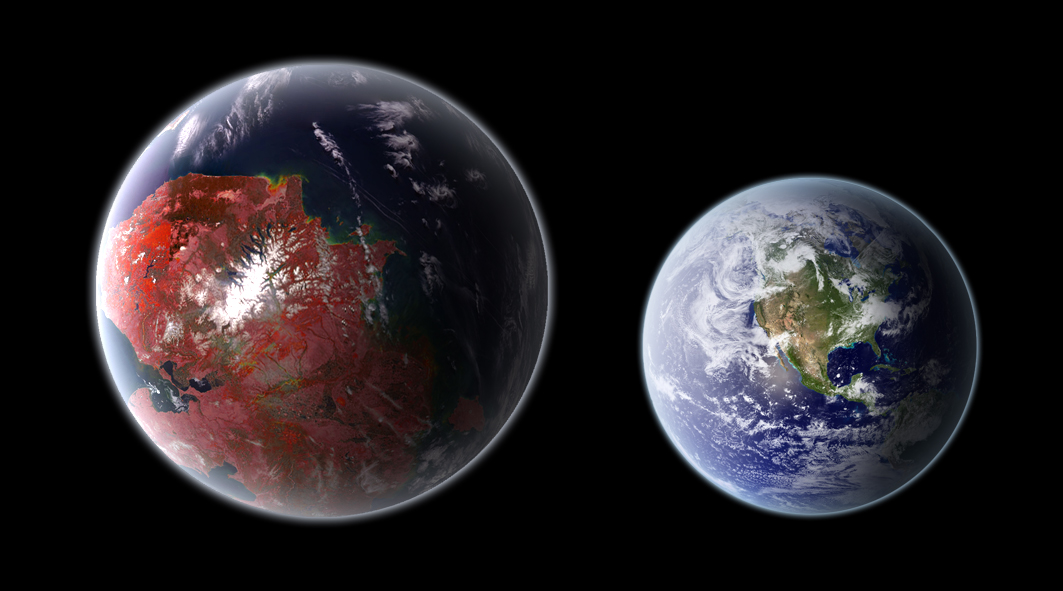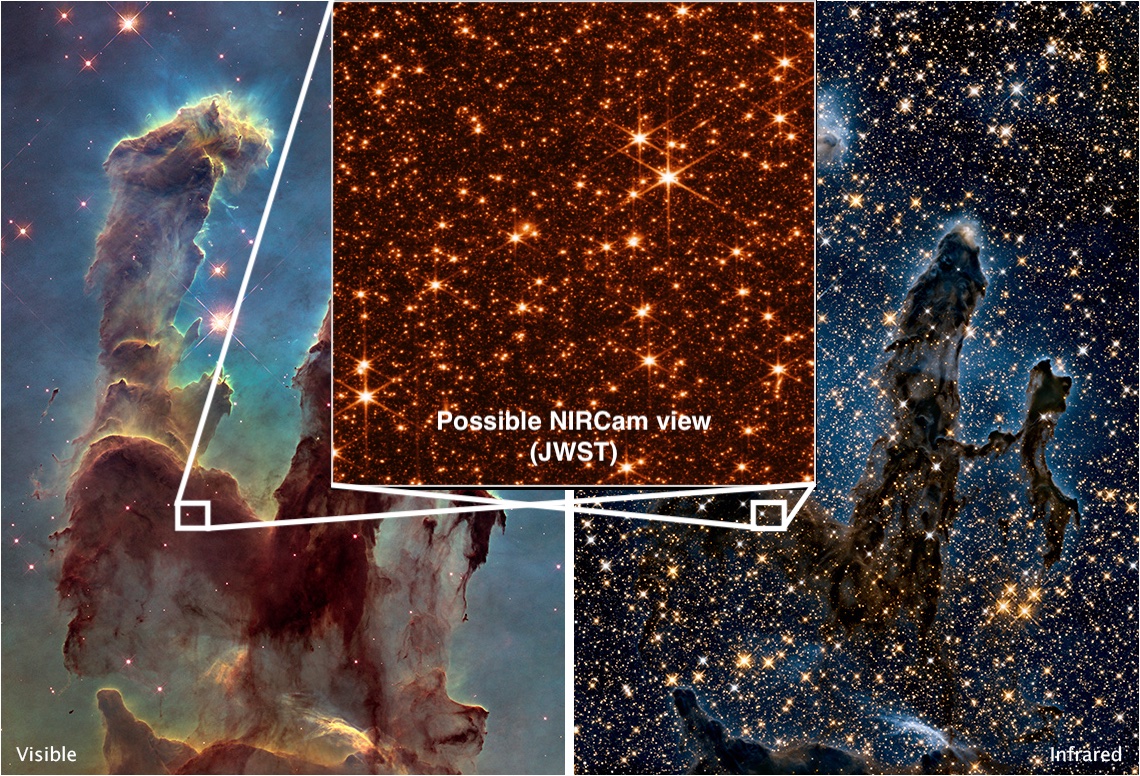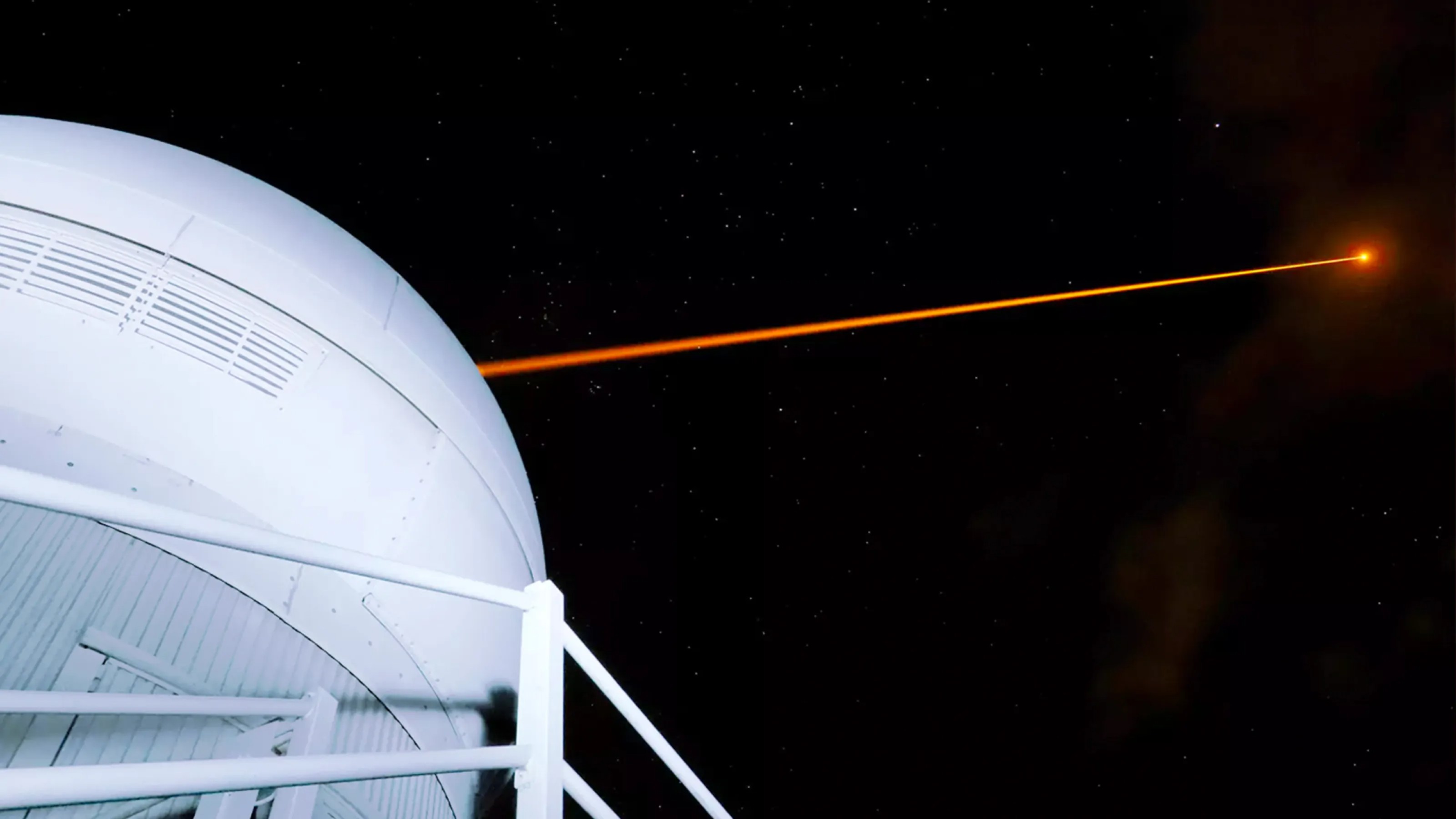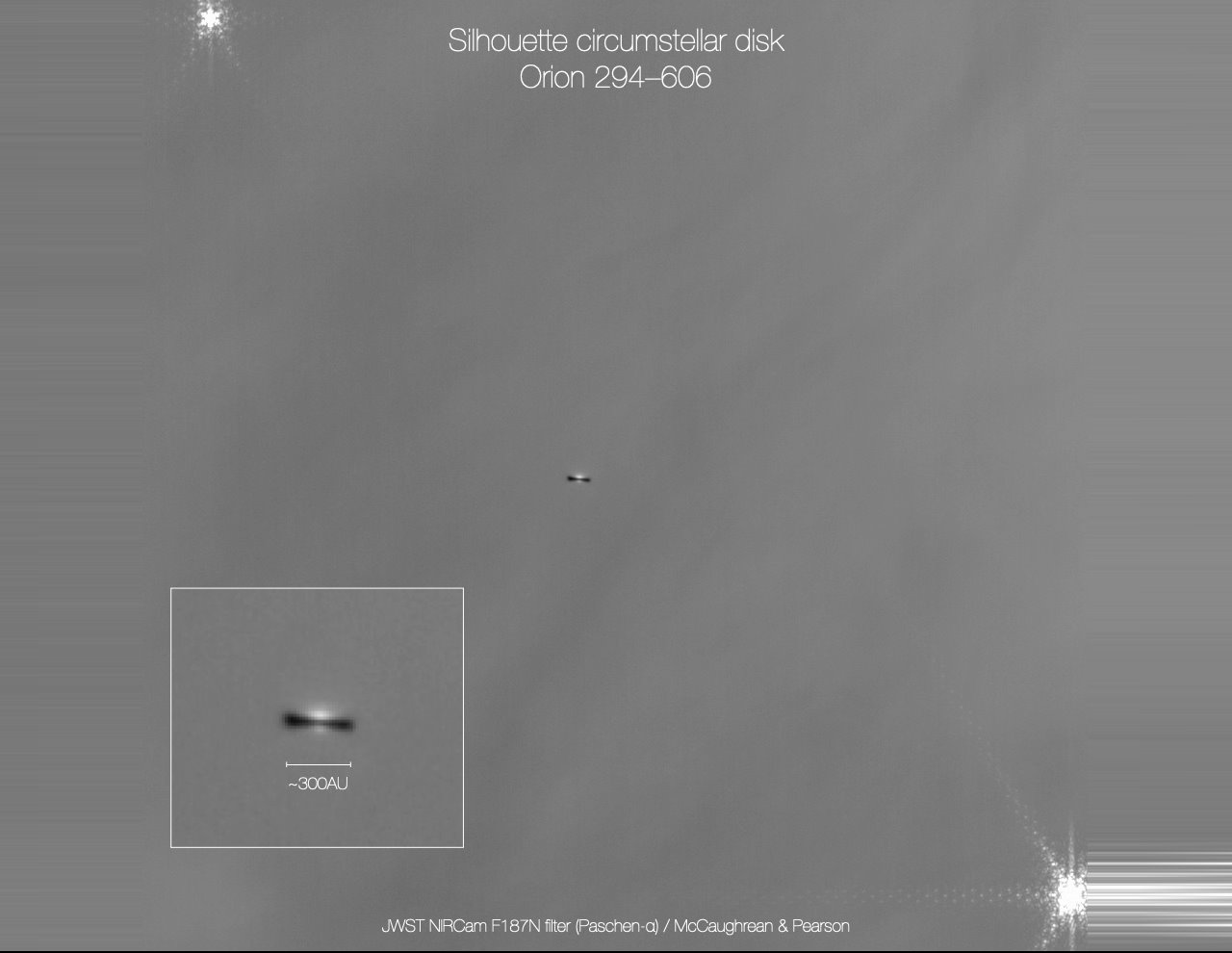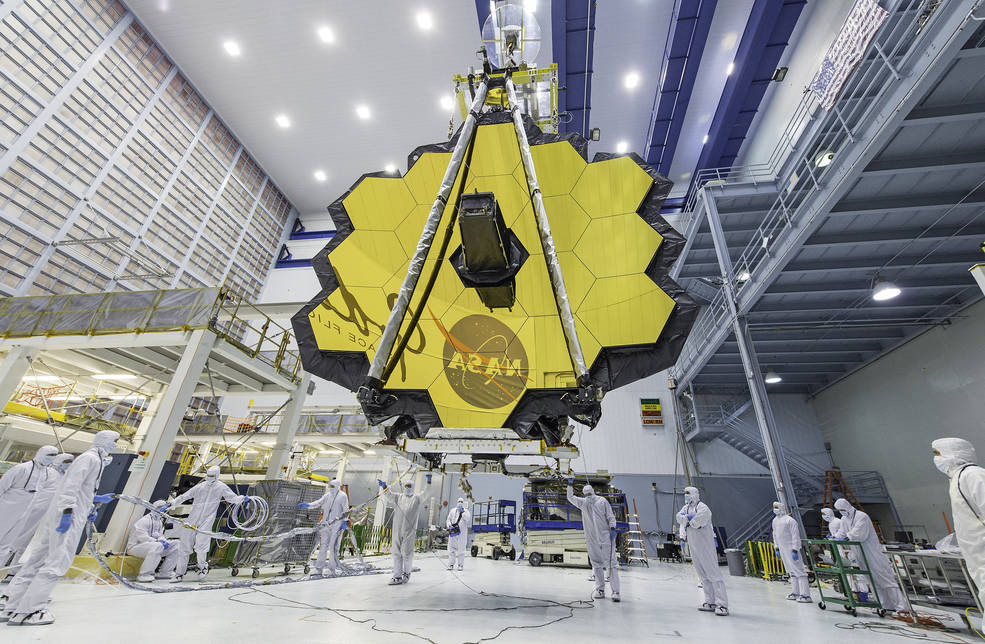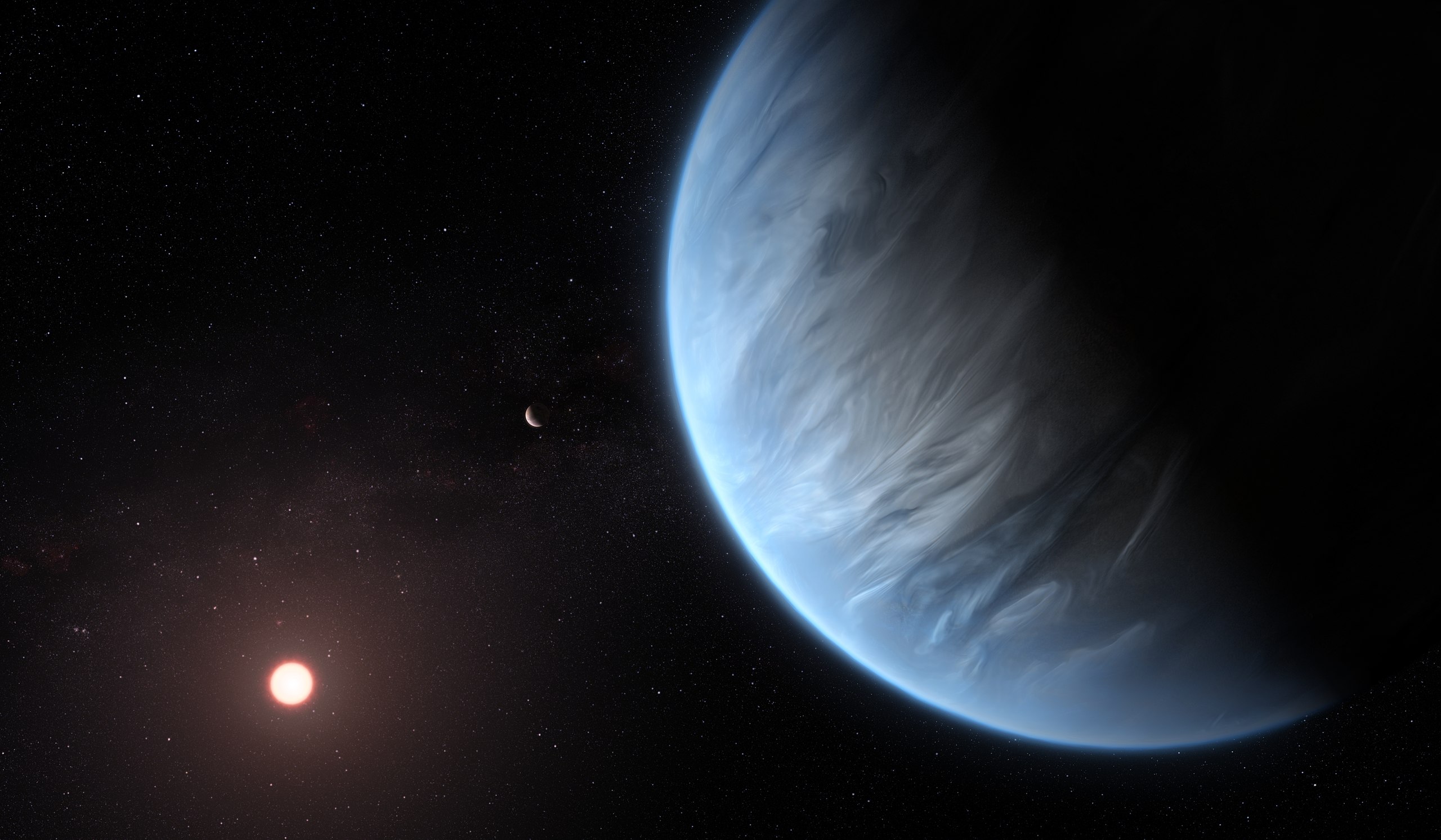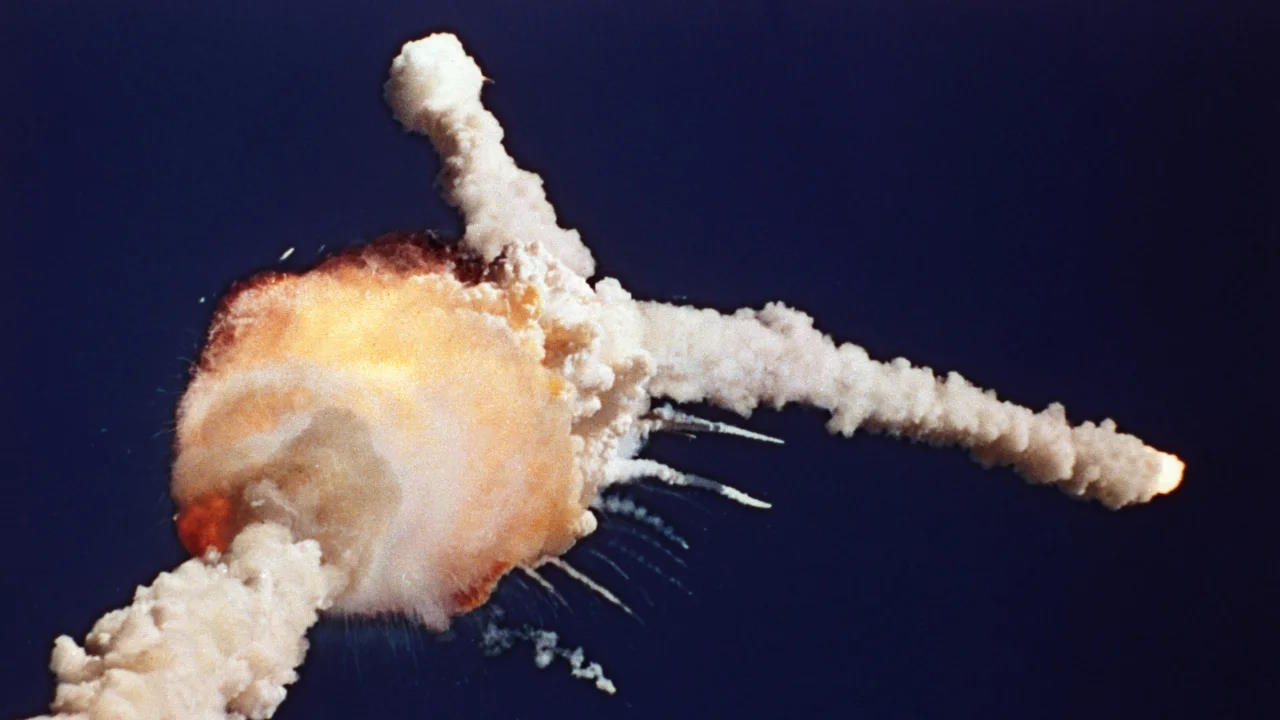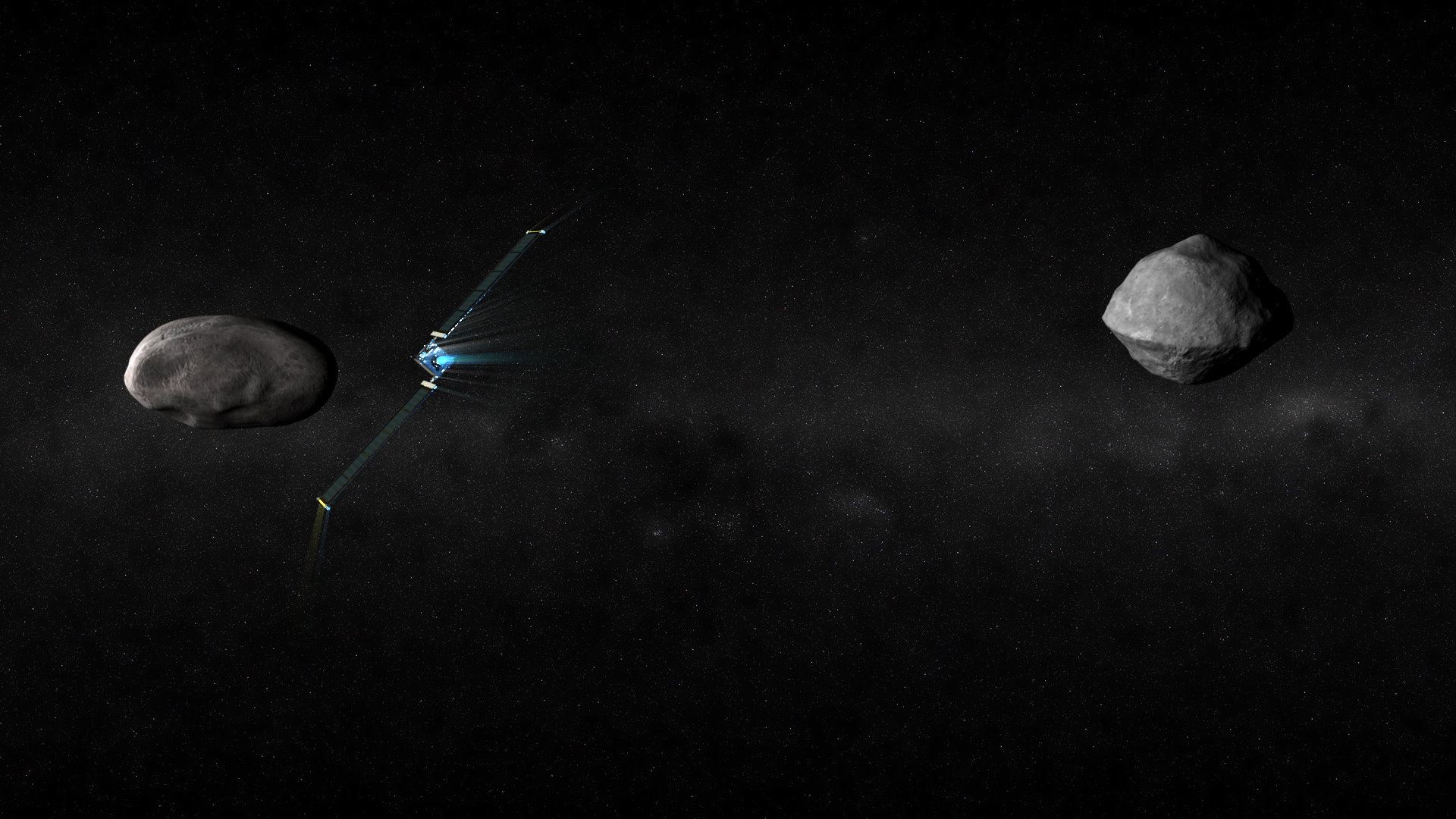Teller and Sagan debated fiercely over nuclear proliferation. But was the conflict as personal as it was intellectual for Teller?
Search Results
You searched for: nasa
This first-of-its-kind image offers a detailed look at the magnetic fields within the Central Molecular Zone.
Methane is a shorter-lived but more potent greenhouse gas than carbon dioxide. Cleaning it up could have a quick impact on global warming.
Scientists have created a magnificent portrait of every connection among neurons in a fruit fly’s brain.
Across all wavelengths of light, the Sun is brighter than the Moon. Until we went to the highest energies and saw a gamma-ray surprise.
If there’s life lurking on the moons of Saturn and Jupiter, could our instruments even detect it?
Like Mars today, Venus used to be a sci-fi superstar. Recent discoveries could re-ignite our interest in Earth’s “evil twin.”
The surface of asteroid Bennu is more like a plastic ball pit than the Moon.
It’s not just fun: DNA origami has the potential to revolutionize engineering at the nanoscopic scale.
Physicists recently created Coordinated Lunar Time, a time zone for our Moon.
2023 will see the launch of new rockets, the return of OSIRIS-REx, and a mission to Jupiter that could help us find extraterrestrial life.
When the Hubble Space Telescope first launched in 1990, there was so much we didn’t know. Here’s how far we’ve come.
Ever since the Big Bang, cataclysmic events have released enormous amounts of energy. Here’s the greatest one ever witnessed.
Experts say it’s likely space junk—and there’s plenty more where that came from.
The structure of our Solar System has been known for centuries. When we finally started finding exoplanets, they surprised everyone.
If your computer crashes, it might be due to a star that exploded somewhere in the Universe millions of years ago.
We may have discovered alien life already but rejected the evidence too quickly because it seemed false at first glance.
Sometimes, going “deeper” doesn’t reveal the answers you seek. By viewing more Universe with better precision, ESA’s Euclid mission shines.
60% of all potentially dangerous asteroids remain undetected.
The largest hazardous asteroid found in the last 8 years showcases a little-known class of planet-killers. And we’re woefully unprepared.
NASA is creating a planet habitability index, and Earth may not be at the top. With our current data, ranking habitability is guesswork.
On July 12, 2022, NASA will release the first science images taken with the James Webb Space Telescope. Here’s what to hope for.
Tech designed to fuse atoms might be able to clean up space, too.
With its first view of a protoplanetary disk around a newly forming star, the JWST reveals how alone individual stellar systems truly are.
Experts believe they could cut the time it takes a rocket to reach Mars by up to 25%, shaving about two months off the trip.
After decades of development, whether NASA’s Webb succeeds or fails all comes down to five critical milestones that are only days away.
Each of our three nearest stars might have an Earth-like planet in orbit around it. Here’s what we’ll learn when we finally observe it.
An effect called the “urban heat island” means that temperatures are often 10 degrees higher in cities, according to NASA.
Memorial day is a time to remember veterans killed in the line of service. These spaceflight heroes deserve to be remembered, too.
Sooner or later, Earth is going to be hit by a large enough space object to cause significant damage to humanity. Stopping them isn’t easy.
